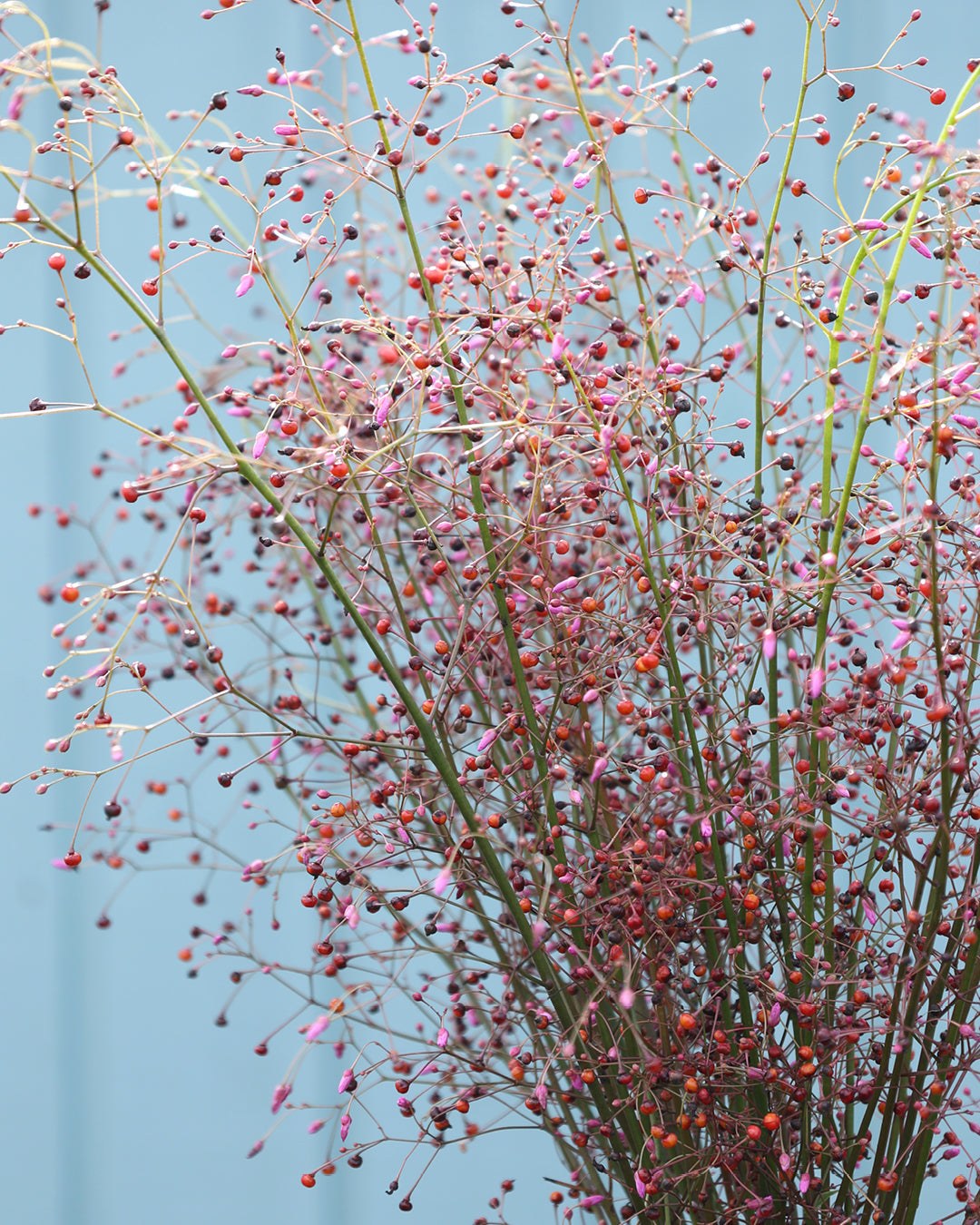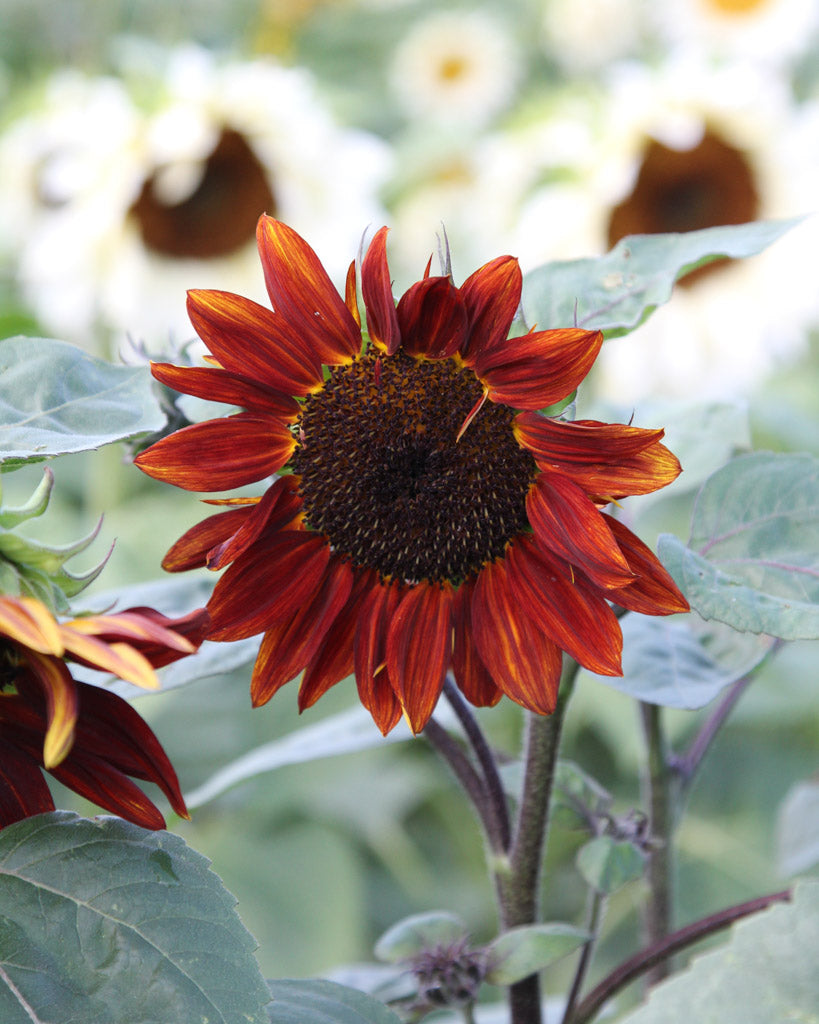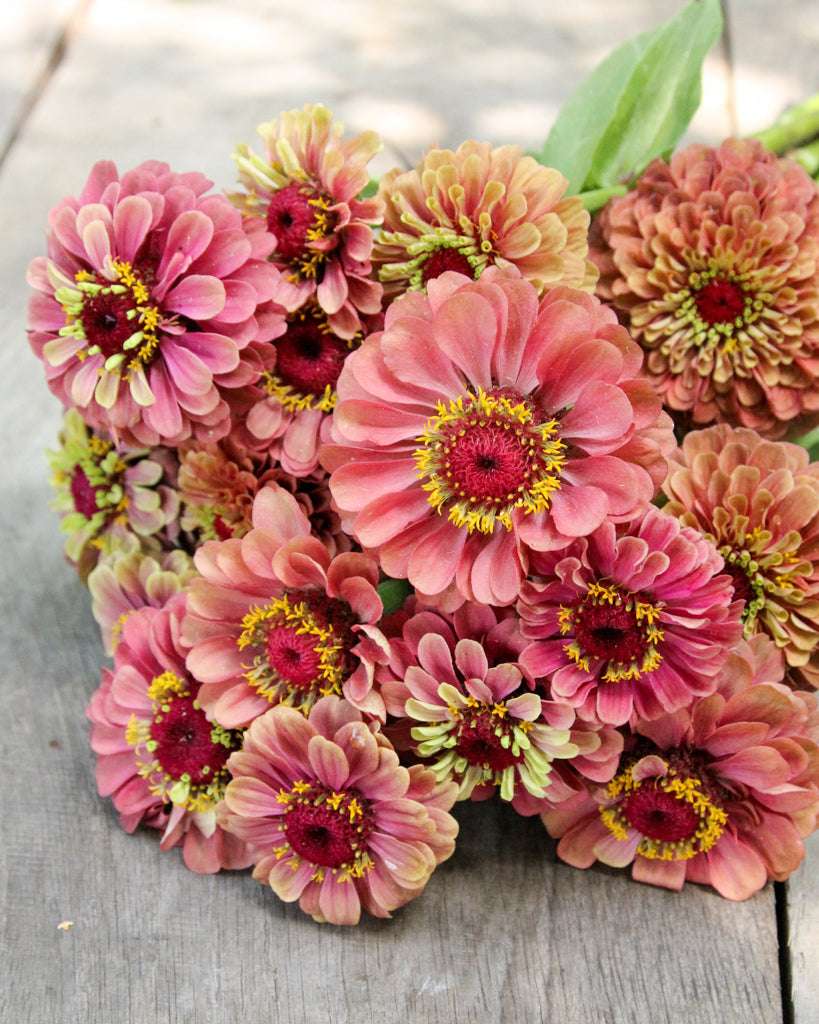Hostas – The Stars in the Shadows
If you have a shady garden, one of the most attractive shade perennials offers an ideal location: the hosta. It's not only easy to care for, but also versatile and adds graphic texture to the garden—but be careful: snails love it.
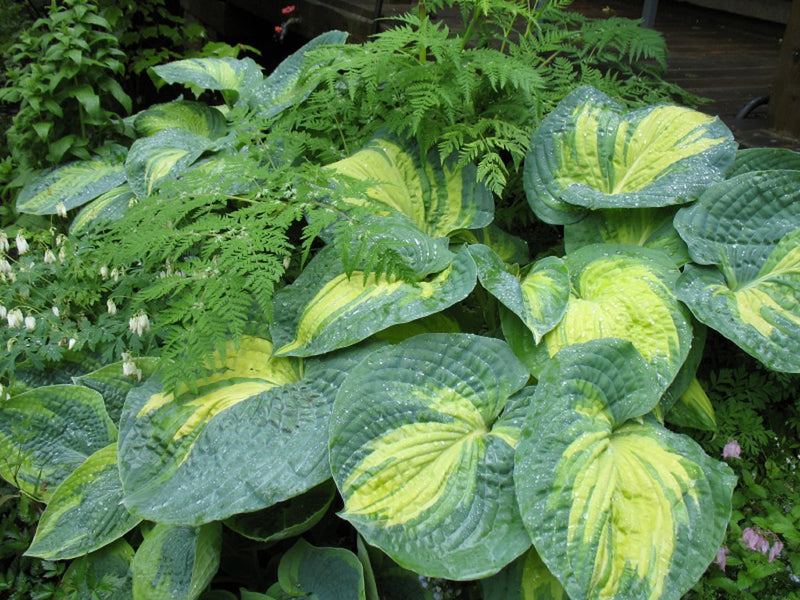
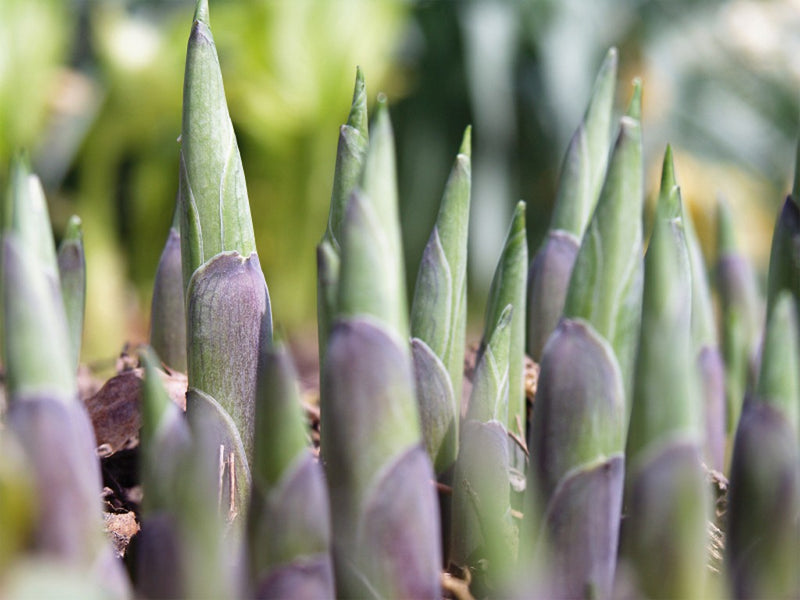
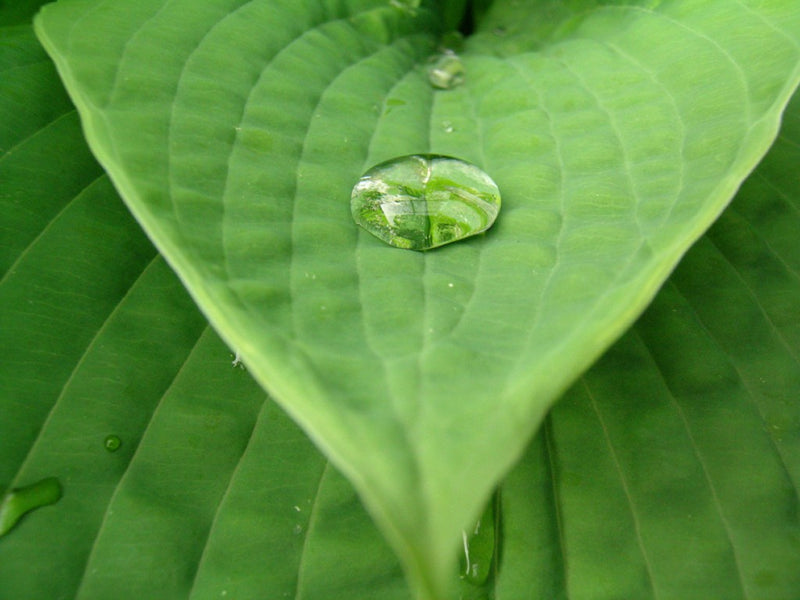
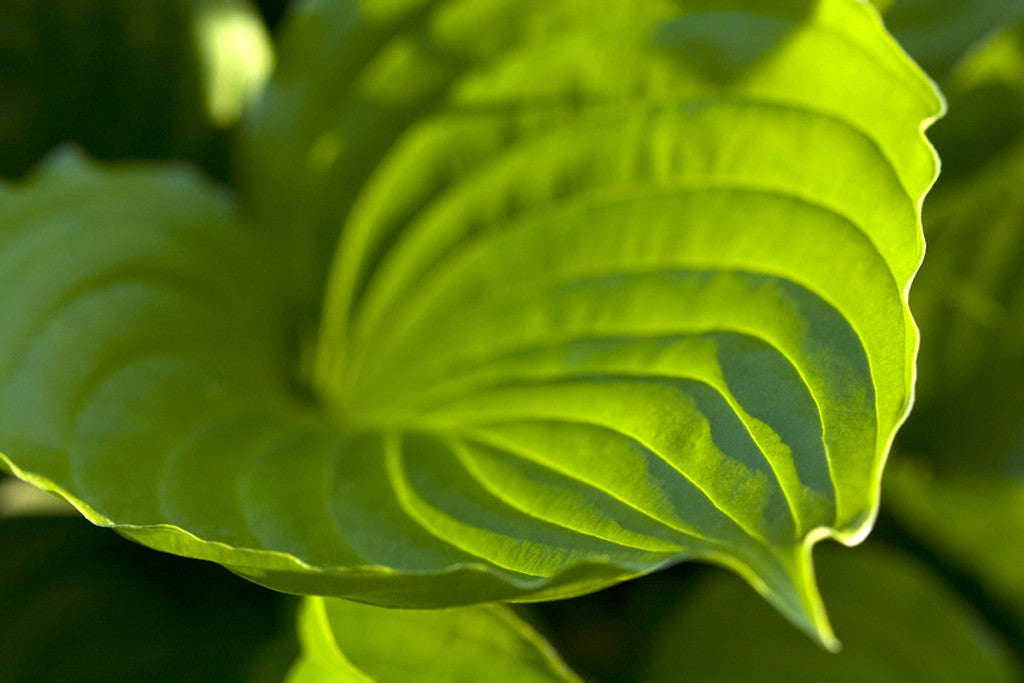
A real star
Hostas are truly wonderful! The German Perennial Gardeners' Association agreed, naming the genus Perennial of the Year in 2009. This is due, among other things, to their diversity and ease of care. Gardening enthusiasts often fall victim to a collecting habit, and this danger should not be underestimated with hostas. There are a good 50 species and more than a thousand varieties with beautiful shades of foliage: blue-green, gray-green, yellow-green, to name just a few.
Interesting facts
The genus Hosta, also known as the heart lily or heartleaf lily due to its rounded leaves, is named after the Austrian botanist Nicolaus Thomas Host. He lived from 1761 to 1834, undertook numerous botanical journeys, and was the first director of the Belvedere Gardens in Vienna.
Hostas originate from Asia, primarily Japan, but also Korea, China, and Russia. They are perennial, herbaceous plants and belong to the agave family. These plants are popular for their decorative leaves, which offer a surprising array of leaf shapes: small, large, round, narrow, and heart-shaped, with just as many patterns. These ornamental foliage perennials are wonderful as ground covers or as magnificent individual plants. In summer, the foliage is also used in flower arrangements: they form cuffs around colorful bouquets. Hostas are also great for planting in containers, ideally with just one variety. The hostas in these containers become more and more impressive over the years. This can enhance a shady entrance or some staircase.
floral splendor
Of course, the hosta's varied foliage is the main attraction, but the flowers are also worth mentioning. From July to August, long stems form clusters of flowers, some of which are even fragrant. The bell-shaped flowers of hostas are usually purple, light, or dark purple, but there are also some white varieties. The most fascinating variety is 'Royal Standard,' a hosta with apple-green leaves and very late, large, white, and strongly scented flowers. Even the leaf sizes range from tiny (with leaves only the size of a thumbnail) to very large: A steel-blue little treasure is Hosta tardiana 'Halcyon,' and the golden-leaved Hosta venusta 'Gold Drop' is also enchanting – the vase-shaped leaf clusters of 'Krossa Regal' and the thick leaves of 'Big Daddy' are particularly impressive.
Shadow beauty
The plants thrive in cool, shady or partially shady, and preferably humid locations (e.g., near a pond). The soil should not be too dry, preferably loamy and rich in humus. The leaf color indicates the right location: the yellower the hosta's foliage, the sunnier and drier the garden location should be. The delicate 'Golden Tiara' variety, for example, with its light green, yellow-edged leaves, is very robust and tolerates a lot of sun. Green-leaved hostas also thrive in sunny locations. However, the varieties with white-green or white-yellow leaves, as well as the blue-gray-green varieties, should be planted in shady locations, as they burn in the sun. The edged leaves, whether white or yellow (gardeners call them "variegated"), in particular, shine in darker garden situations and brighten them up! If the right location has been chosen, caring for hostas is not complicated. Fertilization in spring is sufficient with a small amount of compost, supplemented with some horn shavings. For potted plants, a slow-release fertilizer is recommended.
To a good partnership!
In the garden, a combination of hostas with early-blooming bulbs is a good idea. Snowdrops, cyclamen daffodils, or the charming wood anemone are beautiful examples. They fill the spring-vacant spaces until the hosta sprouts. When the hosta then spreads its decorative leaves, they conceal the yellowing bulb foliage. Other good neighbors include astilbes, bluebells, geraniums, ferns, grasses, and, for autumn, silver candles and anemones.
Snails' favorite food
Slugs and snails particularly enjoy hostas. As soon as they unfurl their leaves in spring, they chew unsightly holes in them. Varieties with delicate leaves, such as white variegated or fragrant ones, are at the top of the reptiles' menu. However, snails don't like all hosta varieties equally: the stronger and more leathery the foliage, the more likely they are to avoid the plant. So choose hardy varieties. The gray-blue varieties 'Halcyon' and 'June' are not at all tasty to snails. The small varieties 'Hellebarde' and 'Sum and Substance' are also not particularly attractive to snails.
Generally speaking, hostas grown in pots are less at risk than those planted out. However, that doesn't mean snails won't wander into the pot. Another, but very time-consuming, method is to consistently collect the snails. Slug pellets shouldn't be your first choice for controlling snails, as they also harm other garden inhabitants, such as hedgehogs. Slug pellets are a deadly threat to hedgehogs!
Divide hostas:
- Hostas should be divided every five years, otherwise they will crowd out neighboring perennials. Hostas propagate during their dormant period in winter. Therefore, it's best to divide them in the fall after the flowers have faded. While the soil is still warm, the newly planted perennials will quickly grow back.
- Dig up the hosta's root ball with a spade and shake off the soil. Prune away any old or rotten roots.
- Divide the hosta into manageable pieces using a sharp knife or spade.
- Plant divided hostas back into the bed.

